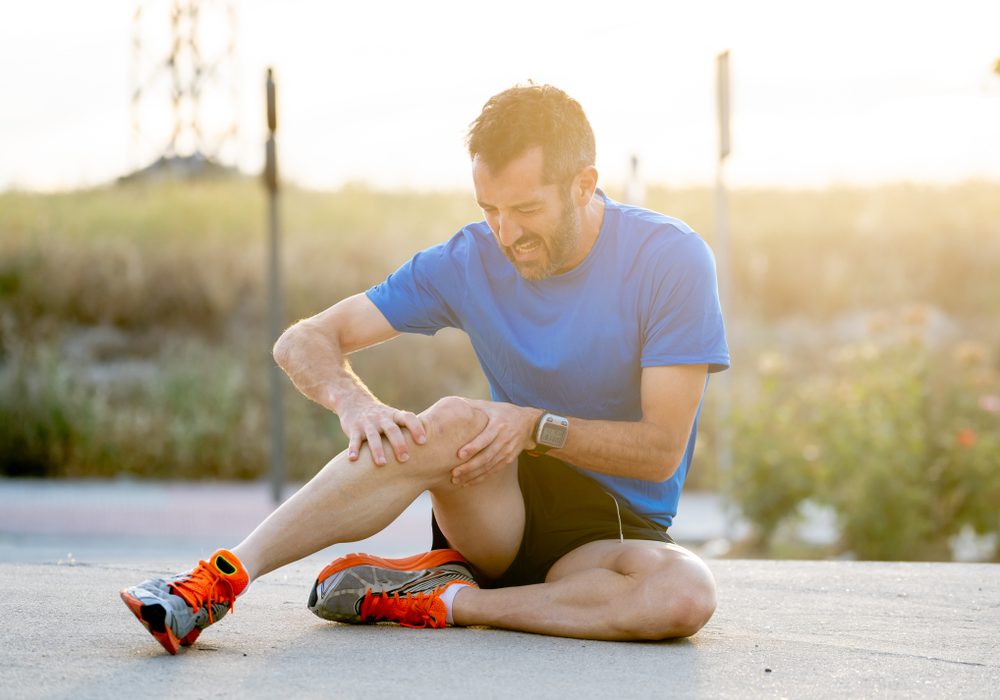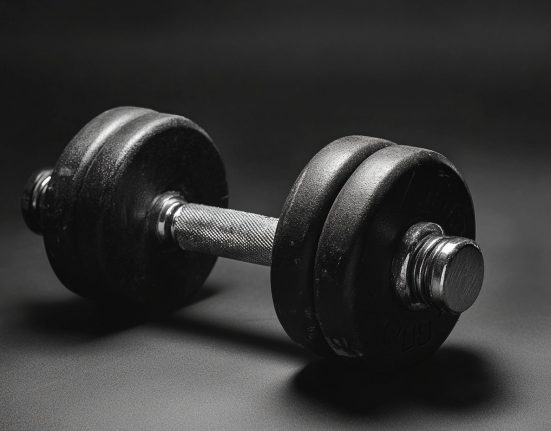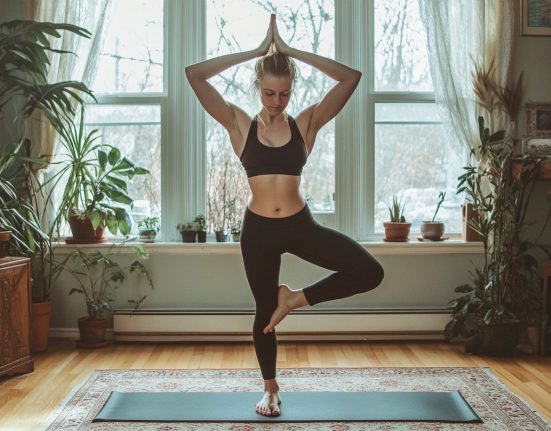Fitness pros weigh in on whether working out when you’re sore is a good or bad thing — plus, what you can do to recover.
Feeling very sore after a workout can seem like a badge of honor; it’s a reminder that you got up in the morning to make time to exercise, and that you really pushed yourself. But if you’re still feeling the burn the next day, should you work out while sore anyway?
While some soreness after a new or intense workout is totally natural, a “no pain, no gain” mindset can have serious consequences if you ignore signs that your body needs a rest. Yes, the work you do in the gym is important, but it’s just as crucial to give your body sufficient time to recover in between workouts, according to Kirk Campbell, M.D., a sports medicine surgeon and assistant professor of orthopedic surgery at NYU Langone Medical Center.
Why Your Muscles Become Sore
While you may be tempted to power through, there’s great danger in not allowing ample time for your muscles to rest, explains Leesa Galatz, M.D., chair of the orthopedic department at the Icahn School of Medicine at Mount Sinai. Since the soreness you’re experiencing is actually due to microscopic muscle damage, the muscle needs to recover before it can work at its optimal capacity again. A tired muscle that hasn’t had time to recover is more susceptible to a serious muscle tear or excessive tissue damage, she explains.
Benefits of Sore Muscles
But (some) muscle pain can be good, according to Harley Pasternak, MSc., trainer to celebrities such as Lady Gaga, Megan Fox, and Halle Berry. That burn you feel 24 to 48 hours after an intense workout is called delayed onset muscle soreness (DOMS), and in some cases, you can keep on working out if you’re feeling sore from it.
“The idea behind resistance training is that you’re basically tearing something and creating a microtrauma in the muscle,” says Pasternak. “When the muscle recovers, it’s going to recover stronger and denser than it was before.”
How to Tell If It’s Soreness or Injury
Just make sure what you’re suffering from is DOMS and not an injury. “A good way to tell the difference is if the pain is bilateral,” says Pasternak. Having one very sore shoulder after you’ve worked both shoulders could spell injury. If you feel normal soreness in a muscle, ligament, or tendon, it’s likely DOMS, and you can continue working out around it, says Pasternak. In the case of arms and shoulders, you can work your glutes, quads, or abs, and then move back to your upper body in a few days.
To avoid feeling the pain of DOMS the next time around, start your exercise routine slow, suggests Pasternak. “Increase your resistance gradually so that your muscles adapt to your new workout plan.”
Reasons Not to Work Out When Sore
But should you work out when sore? Or are you too sore to work out? You shouldn’t workout if you notice any of the following symptoms.
- Getting out of bed makes you want to cry. If you’re having a hard time getting out of bed in the morning or it’s difficult to sit down or stand up thanks to sore legs after a workout, you have a clear answer. Give your body more time to rest and instead focus on recovery with dynamic stretching or using a foam roller, says Campbell.
- It’s hard to take the stairs. If you’re sore after a workout to the point that it’s difficult to walk up the stairs, you know your body is telling you to cool it for a couple of days and focus on working different muscles. Instead, try a low-intensity, low-impact workout such as taking a walk, using the elliptical, or going for an easy bike ride or swim, which may help speed up the recovery.
- You need a pain reliever to help you “push through.” It’s important not to mask muscle pain with a pre-workout pain reliever just to help you grin and bear it, says Campbell. If your body is sore after a workout and you need to take a pain reliever to make it through, you haven’t given your muscles enough time to recover.
- Your muscle soreness doesn’t feel better with movement. Yes, your body might feel stiff and sore when you first get out of bed in the morning, but if it doesn’t get better after you walk around, it’s likely a sign you’re too sore to work out.
- You’re still feeling sore days later. As you’ve likely experienced, muscle soreness may not set in immediately — it’s usually at its worst 24 to 48 hours after a workout, explains Dr. Galatz. But if you’ve given it three to four days and are still feeling sore with no signs of improvement, this is a key sign you’ve ventured into too-sore-to-work-out territory. You might even want to visit a doctor to make sure it isn’t something more serious, advises Campbell.
- Your urine is dark and your muscles are swollen. Go see your doc, stat. This could be a sign of rhabdomyolysis, a rare but serious medical condition.
How to Relieve Sore Muscles After a Workout
If your body isn’t ready for a workout, there are plenty of things you can do to ease those lingering aches of DOMS as you get back up to speed. Try these four ways to relieve sore muscles and avoid muscle pain altogether next time you work out.
- Warm up. “Increase body temperature to help prepare your muscles for the shock of an intense workout,” advises Pasternak.
- Stay hydrated. “A lack of electrolytes can make muscles sore,” says Pasternak. “Look for beverages with no protein or stimulants.”
- Ice sore muscles. “Have a cold pack handy to reduce pain and inflammation,” says Pasternak.
- Do cardio. “A cardio workout increases blood flow and acts as a filter system,” explains Pasternak. “It brings nutrients like oxygen, protein, and iron to the muscles that you’ve been training and helps them recover faster. As the blood leaves the muscles, it takes some of the metabolic by-products with it (like carbon dioxide and lactic acid) that may be causing DOMS.”









